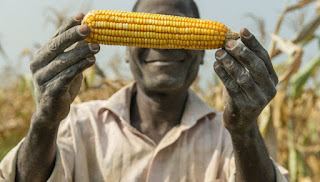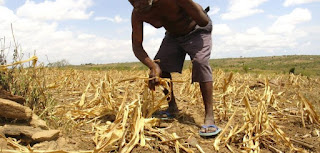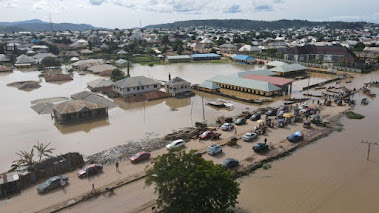Closing thoughts
I've spent the last few days thinking about how I wanted to round up this blog and I'm not sure that I can. I'm also not sure if it's my place to try. I'd also love to say that I've come to a great conclusion about Africa's climate change adaptations but I don't think that a 3 month course and 3000 word blog can even come close to realising the issues at hand. Hopefully this blog has served as an introduction into how water and environmental change is affecting Africa, particularly on Kenyan agriculture. The issues faced by Africa in the coming years and decades are multifaceted and will require holistic approaches based on the local communities, rather than broad governmental brushstrokes and statements of intent. Africa's fledgling economic development are going to be key to these adaptations, as well as the creation of an empowered workforce. Looking back, I wish I had focused my blog on a country with a lower Human Development Index . Out of...





